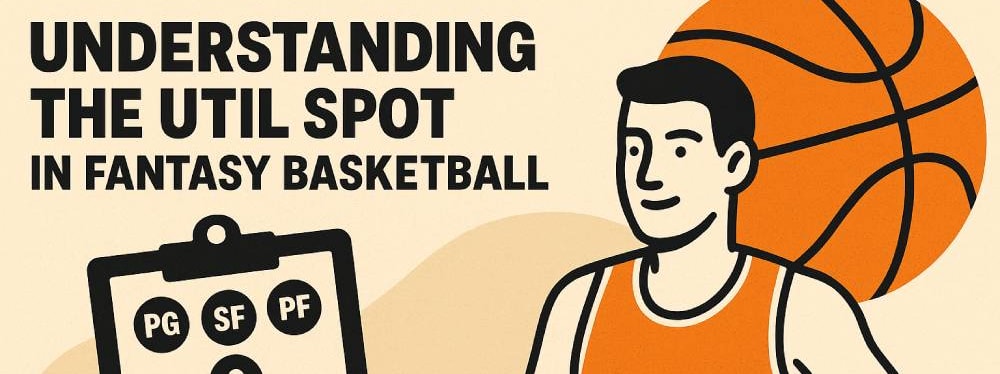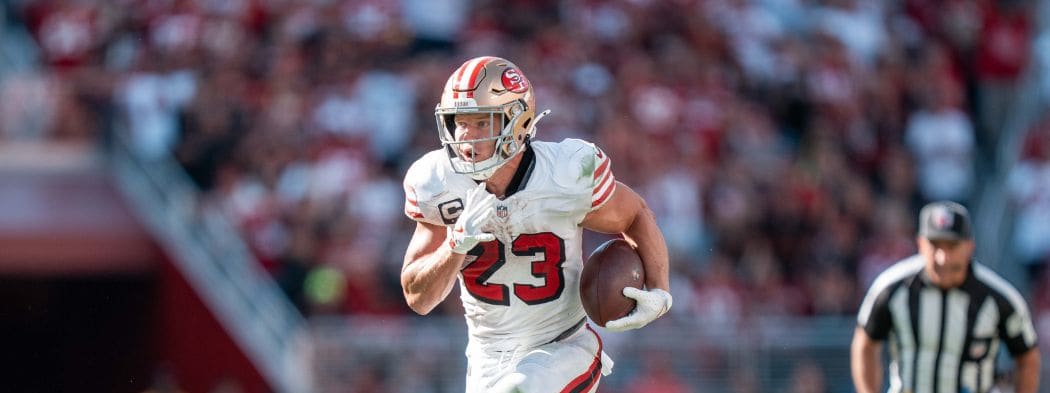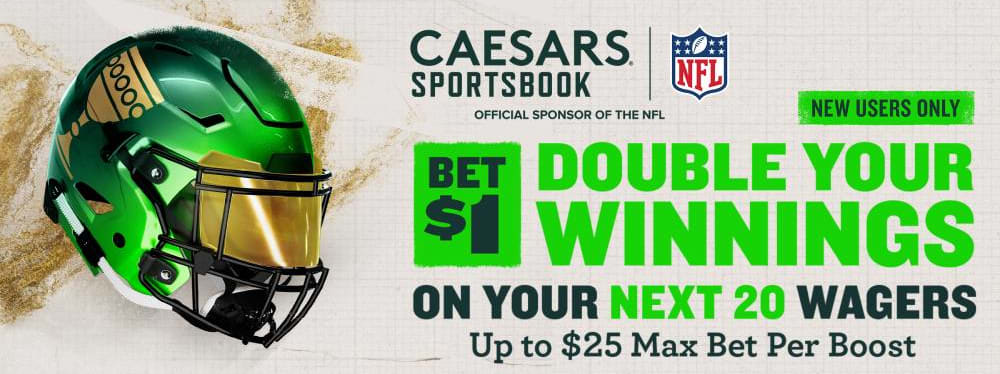
Break down NFL box scores from Week 8 with key data on snaps, routes, personnel and usage trends to uncover fantasy football value and roster insights.

Michael Brennan entered the Bank of Utah Championship on a hot streak, and he turned up the heat again en route to his first PGA Tour victory.

Get the best NFL betting promos and bonuses for MNF featuring Chiefs vs Commanders! Learn about exclusive NFL sportsbook promo codes and how to claim them.

Build the best DraftKings lineup with RotoWire's expert picks, injury pivots, and value plays for Monday’s monster 11-game NBA DFS slate.

RotoWire has the best prop bets for the Commanders vs Chiefs on Monday Night Football! Find out more about our Commanders vs Chiefs player props for Week 8.

You can get a 3-mont subscription to NBA League Pass by signing up with our exclusive link. Learn about how to claim the NBA League Pass promo code today!

Expert NBA betting picks for tonight featuring Josh Giddey rebounds, Donte DiVincenzo threes, and Derrick White blocks. Get player props analysis and best bets from RotoWire experts.

Learn what UTIL means in fantasy basketball. See how the utility roster spot works, which players fit best and strategies to maximize your lineup every week.

Week 2 fantasy basketball start/sit advice: Tre Jones, Collin Sexton, and Rui Hachimura offer value. Get injury updates, streaming targets, and players to bench this week.

You can get up to $2,000 in FanCash over your first 10 days of using the Fanatics Sportsbook Kansas promo. Learn how to claim $2,000 for Chiefs football!

The bet365 refer a friend bonus ROTOWIRE gets you up to $500 in bonus bets annually, just by referring new friends. Check out our complete breakdown of the bet365 referral bonus here.

Bettors can wager on MNF Commanders vs Chiefs Odds to get up to $1,500 in bonus bets with BetMGM Kansas using our exclusive code ROTOSPORTS.

While sports betting isn't legal just yet in the Golden State, you can find the best legal California sportsbooks that you can bet with right now!

Discover the top Week 9 fantasy football waiver-wire pickups. Find breakout candidates, injury replacements and more to boost your team.

Check out Michael Rathburn's picks and predictions for tonight's clash as the Washington Commanders minus star QB Jayden Daniels head to Kansas City to take on the Chiefs

Looking to bet on Commanders-Chiefs? You can double your winnings with the Caesars Sportsbook Kansas Promo Code ROTO20X.

Most fined MLB teams of the 2020s revealed: Dodgers & Mets lead with massive penalties. See full rankings, key suspensions & shocking totals.


